Google is killing it on the review quantity front, but far too many of those reviews have zero content. Rating-only reviews are the bane of the review world, easily spammed, and offer little value to anyone.
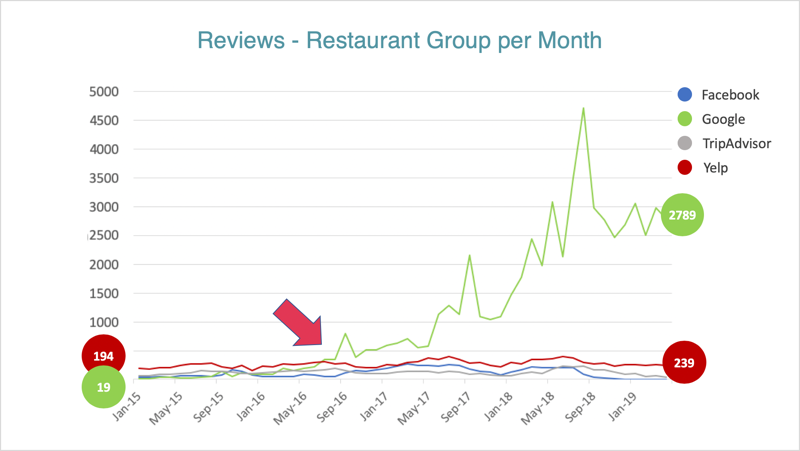
Google recognized the problem of wordless reviews several years ago and incentivized their Local Guides to write longer reviews by doubling points for reviews longer than 200 characters. Google also lowered the value of a rating-only review to just one point. It obviously has not worked at limiting the number of rating-only reviews.
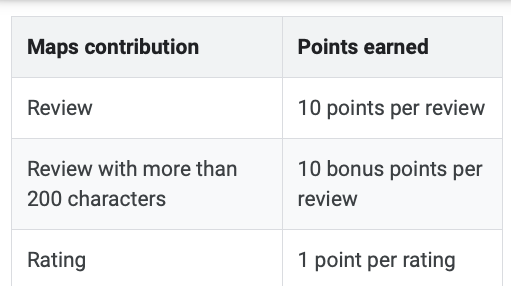
Rating-only Reviews Make Up 34.5% of Google Reviews
We analyzed millions of Google reviews in our system and we found that on average 34.5% were ratings only and had NO content. Zero, zip, nada.
These ratings-only reviews give little information to Google about the business, provide no value to searchers, and even less to businesses. And yet they made up a significant portion of the reviews.*

In mid-April Google broadly rolled out review attributes to a range of new categories allowing the consumer to quickly identify aspects of the business with a click. Users, with but a click or three, can quickly and easily assign sentiment to up to 5 attributes about the business in areas like quality, value, professionalism, responsiveness and reliability.
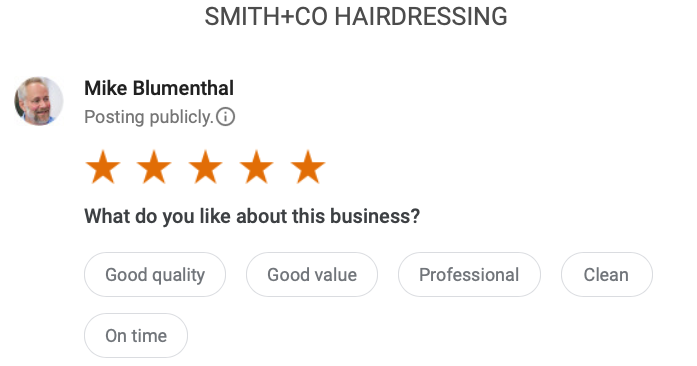
We wondered whether a feature, being so easy to use, would affect the number of rating-only, no content reviews.
We looked at a sample of 200 insurance agency locations that were generating between 150 and 200 reviews a month between them and compared two months of data before and after the broader rollout of review attributes in mid April. To minimize the effect of Google’s shut down we ignored the period from mid March to mid April.
Rating-only Reviews Dropped 63%
We were surprised by the degree of the impact and the broad adoption of the review attribute feature by consumers.
In this group of insurance agents, we found that in the January to mid March timeframe over half (51.76%) of all users provided rating only reviews. This is significantly higher than our overall system wide average.**
After the rollout of attributes? Less than 1/5 (19.34%) of consumers left ratings only reviews, a drop of almost 63%.
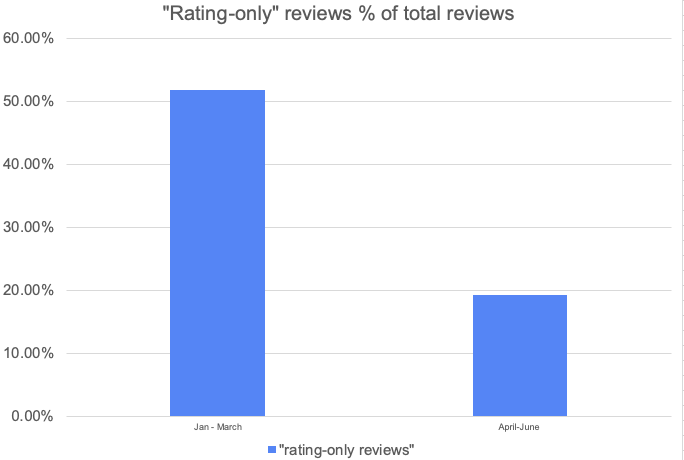
The Broader Impact
It wasn’t just the rating-only reviews that were impacted. Surprisingly roughly half of all written reviews also had attributes associated with the review. Users, whether leaving just a rating or writing a review utilized the attribute feature on a regular basis. Written reviews stayed steady as a percentage of total reviews*** indicating that users didn’t write fewer text reviews because of the easy to select attributes.

In the final analysis almost 55% of all reviews and ratings now carried attributes. Reviews, previously either just text or rating only, are now more diverse. We see written reviews with attributes, written reviews without attributes, reviews with attributes and no text and rating only reviews.
Reviews with text, text and attributes or attributes but no text each occurred about 27% of the total while rating only reviews constituted the smallest segment.
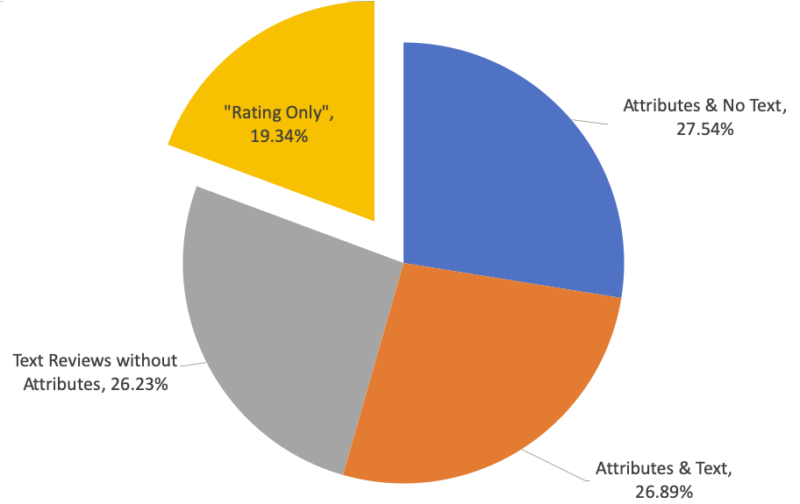
It appears that Google has succeeded wildly in garnering significantly more information about the business from reviewers by adding attributes to the review process. It is still too early to determine whether other user behaviors, like written review length, have changed.
It is however clear that Google has a figured out a consumer-friendly way to add structured data AND sentiment to a majority of reviews. At scale this is having a massive impact.
The Future Of Google Review Attributes
This raises interesting questions about how Google will use this data in the future. Will it impact ranking? Will these attributes show as a business highlight in the search result? Will it impact longer tail queries like “cheap car insurance”?
These new review attributes also provide value for consumers that are looking for a better understanding of the strengths and weaknesses of the businesses they are assessing. As currently designed, it offers a quick, standardized way to understand what they are reading.
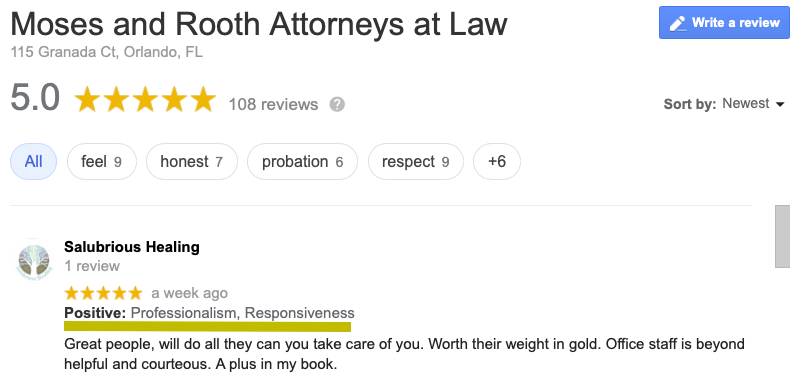
We doubt that Google will leave it there. Hotels offer a good example of how multiple variables relating to a business might be displayed with reviews in the future. Hotel reviews have included sub-ratings for rooms, locations, and service for some time now.
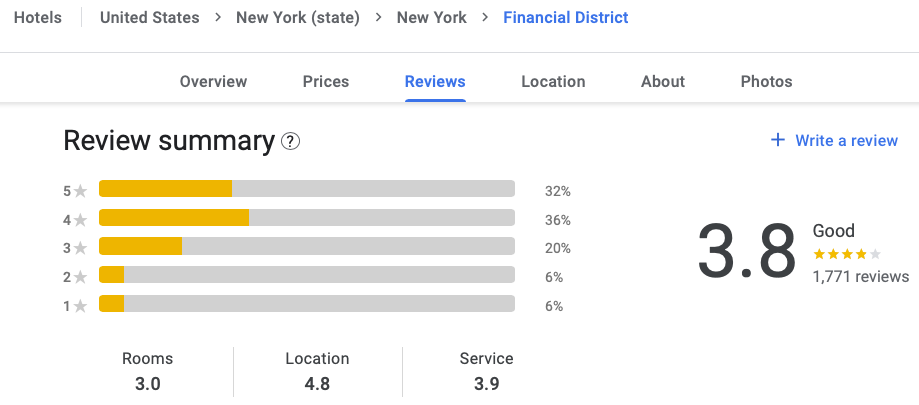
We feel this is a rare win-win-win-win situation. It’s a win for Google with improved data, a win for folks wanting to leave a review, a win for searchers and with the right tools for analysis of these new data points, a huge win for the business.
For the business, this offers a much cleaner way to gain insights, a better understanding of what customers like and dislike and a structured way to develop plans for selling and communicating with your clients as well. For example if cleanliness is top of mind for the customer as noted in the attributes, make yours best of market to stand apart.
While it is early in the review attribute adoption cycle and things might change as we move forward, it seems like a feature that is and will have a large impact in the world of reviews.
For the first time, businesses have been given access to a simple survey tool that provides insights into specific strengths and weaknesses of that business. Businesses will be able to measure and compare their “survey” results over time and by being provided with a standardized format, not just understand costumer sentiment, but improve in specific critical areas.
Building a better business is, in the end, what it is all about.
————-
*Google has recognized the low value of ratings and place them at the bottom of the list in the relevance view of reviews
**Insurance is what we call a “low affinity” category. Unlike restaurants or jewelry where users tend to leave reviews as sort of”status signaling”, just the opposite occurs in insurance and their natural review rate is very low. Who wants to brag about their home owners insurance? We hypothesize that the higher than average level of rating only reviews is due to this factor.
***While the number of written reviews stayed consistent before and after the rollout of review attributes, we do not yet know if the length of those reviews stayed steady. TBD.

Comments are closed.